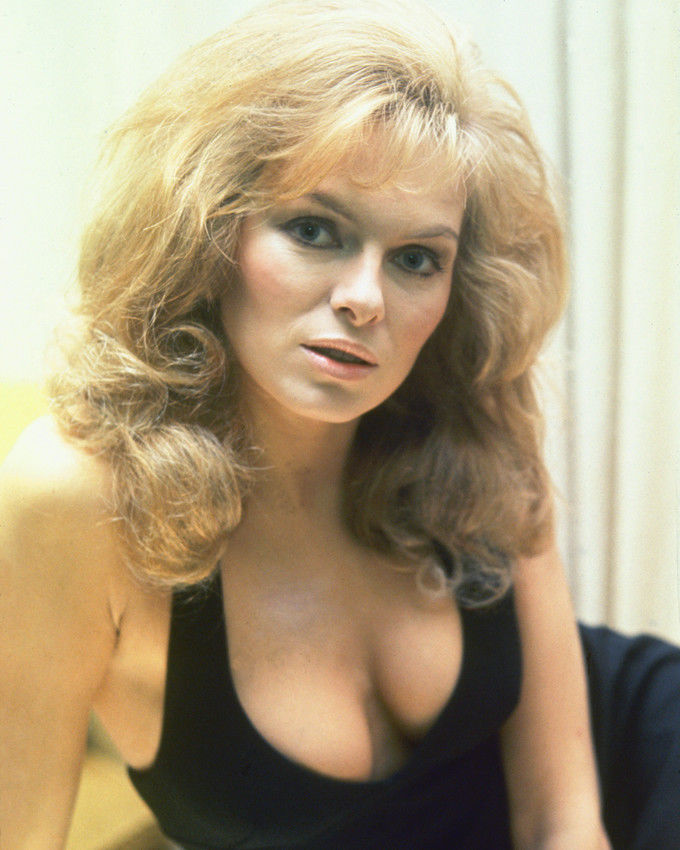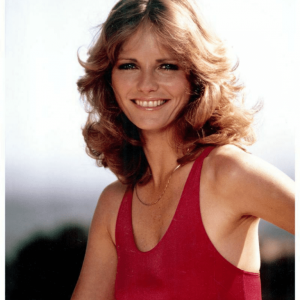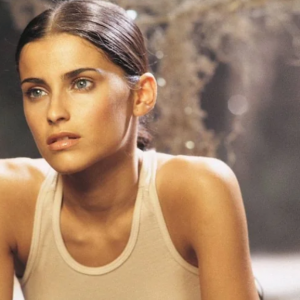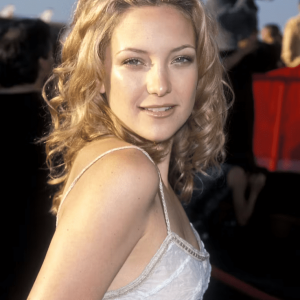The 1970s were a whirlwind of bold cinema, daring fashion, and unforgettable personalities. Among them, Julie Ege stood out—a Norwegian beauty whose long hair, radiant smile, and magnetic presence made her one of the defining icons of her generation. But Julie was never just a pretty face. She was an actress, model, singer, and later a nurse, proving that resilience and reinvention can shine just as brightly as fame.
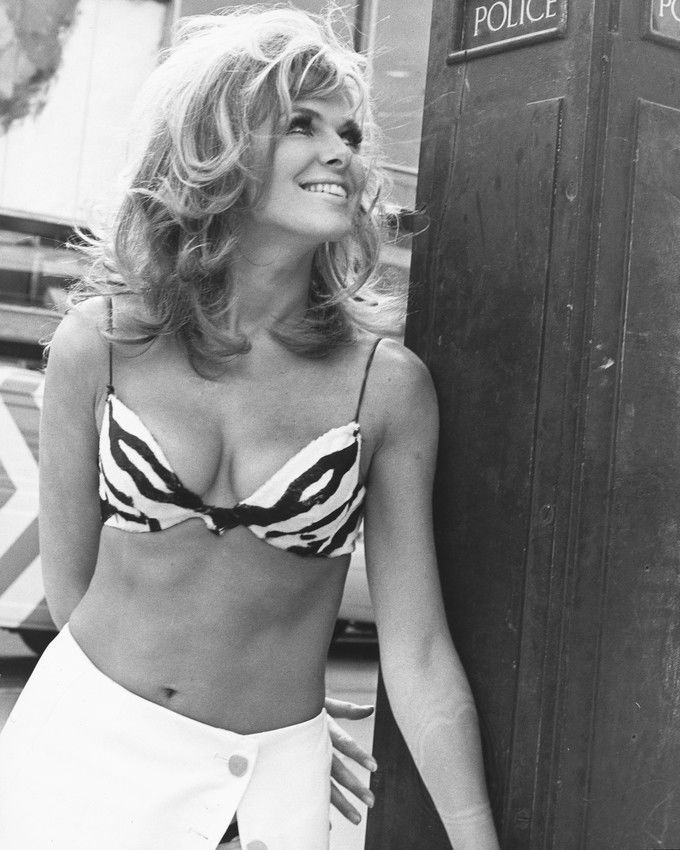
Early Life: From Small-Town Norway to Global Stages
Born on November 12, 1943, in Høyland, Sandnes, Norway, Julie Ege grew up in a working-class household. Her father worked in a brickyard, and her mother kept the home running with warmth and discipline. From an early age, Julie exuded confidence and charm. By 15, she was modeling, and at 18, she placed second in the Miss Norway 1962 competition. This achievement earned her a spot in the Miss Universe contest, giving her a taste of international stardom before she even stepped onto a film set.
In 1967, Julie moved to England, working as an au pair while learning English. She balanced language studies with modeling gigs, treating each opportunity as a stepping stone. Her determination was clear: she wasn’t waiting for luck—she was building her future one step at a time.
Video : THE BEAUTIFUL Julie Ege
Beauty Queen to Bond Girl: Julie Ege’s Big Break
Julie’s career skyrocketed when she was cast as Helen, the Scandinavian girl in On Her Majesty’s Secret Service (1969). Though her role was small, it made her the first Norwegian Bond girl, forever linking her name to one of cinema’s most enduring franchises.
Her exposure led to collaborations with Hammer Film Productions, where her striking beauty and bold screen presence earned her leading roles in Creatures the World Forgot (1971) and The Legend of the 7 Golden Vampires (1974). Fans adored her instantly, and Hammer executives hailed her as the new s*x symbol of the 1970s. Her presence was electrifying—like lightning you couldn’t ignore.
Comedy Gold: A Scene-Stealer in Up Pompeii
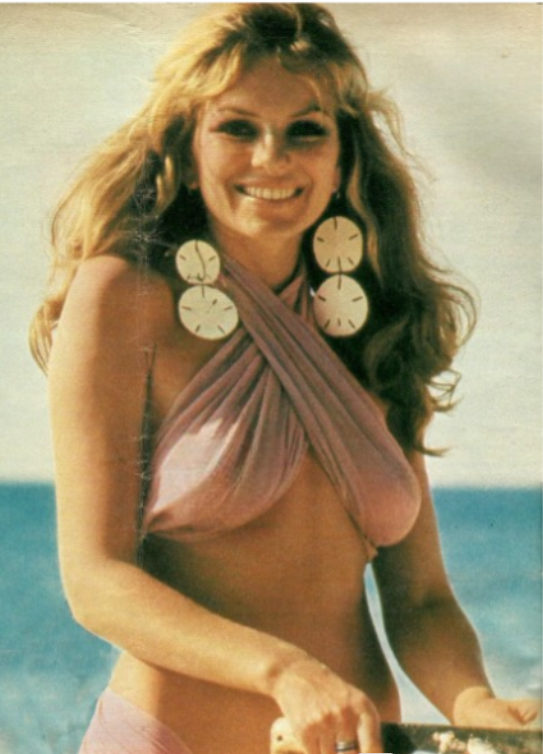
Julie’s talent wasn’t limited to sultry roles. Her comedic timing shone in Up Pompeii (1971), where she played Voluptua alongside Frankie Howerd. Even though her lines were dubbed, her charisma leapt off the screen. Fans fell in love with her mix of wit and glamour, cementing her status as a versatile screen presence.
Video : Rolv Wesenlund intervjuer Julie Ege
She carried that comedic energy into films like Every Home Should Have One and The Magnificent Seven Deadly Sins. Julie proved she could make audiences laugh just as easily as she could captivate them with her beauty.
A Voice Beyond the Screen: Music and Public Life
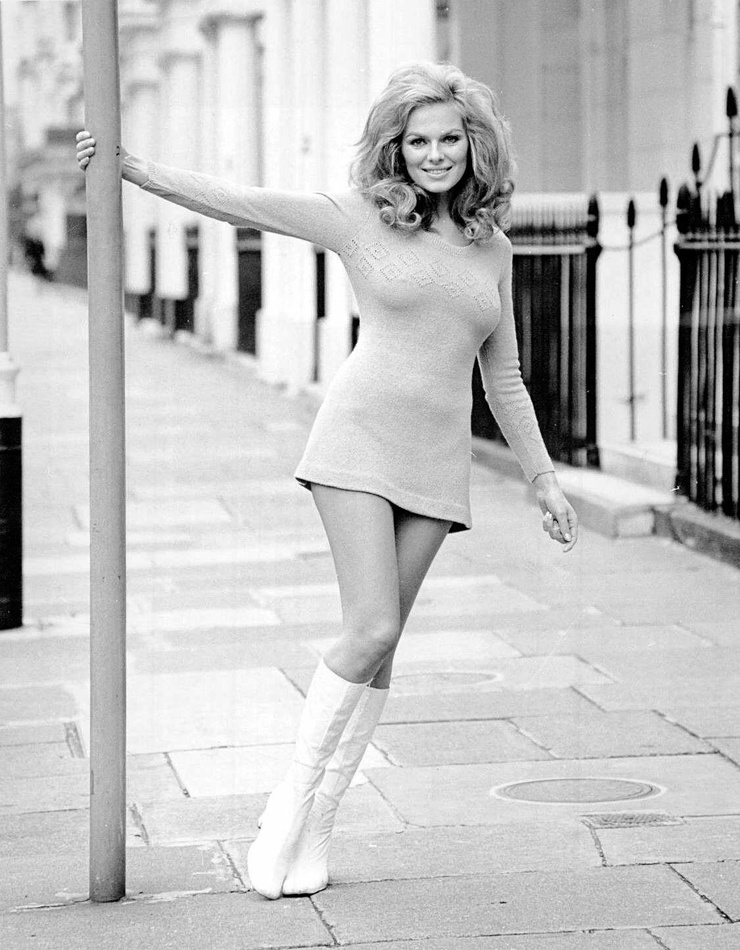
Julie’s talents extended beyond acting. In 1971, she recorded a cover of John Lennon’s Love, showing her willingness to explore new creative avenues. Her public appearances kept her in the limelight too. She presented the European Speedway title trophy at Wembley Stadium in front of 75,000 fans, embodying star power in every move. Julie wasn’t just admired—she was celebrated.
Love, Family, and Resilience
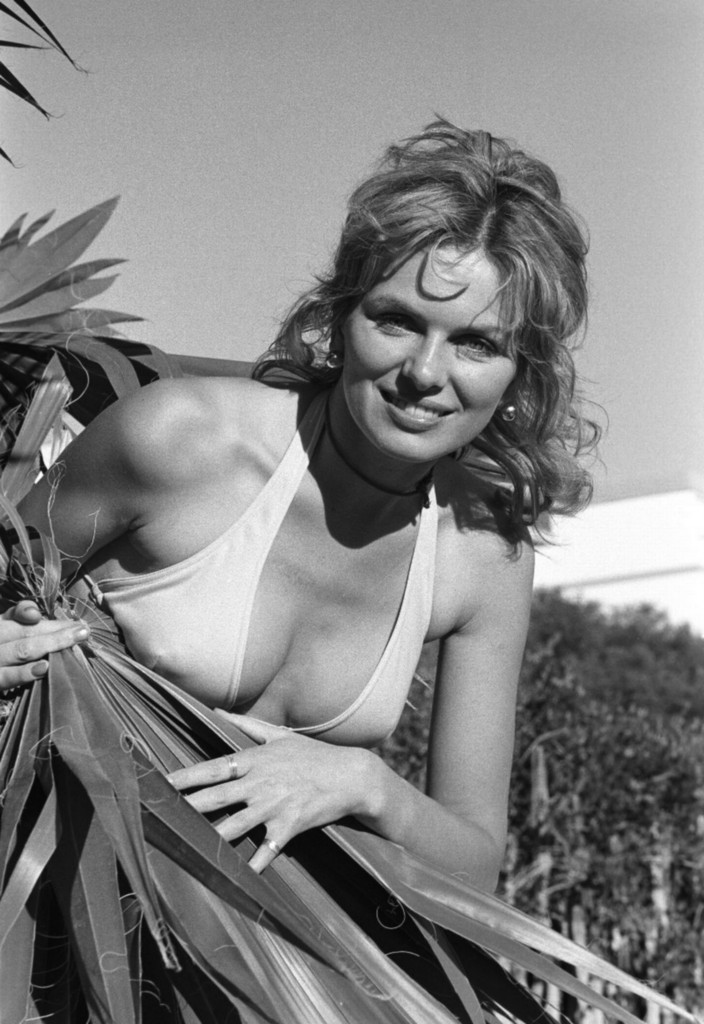
Julie’s personal life often made headlines. She married twice during the 1960s and had two daughters, including Joanna Ege. She also had high-profile relationships with Beatles roadie Tony Bramwell and Norwegian author Anders Bye, living a life as colorful as her career.
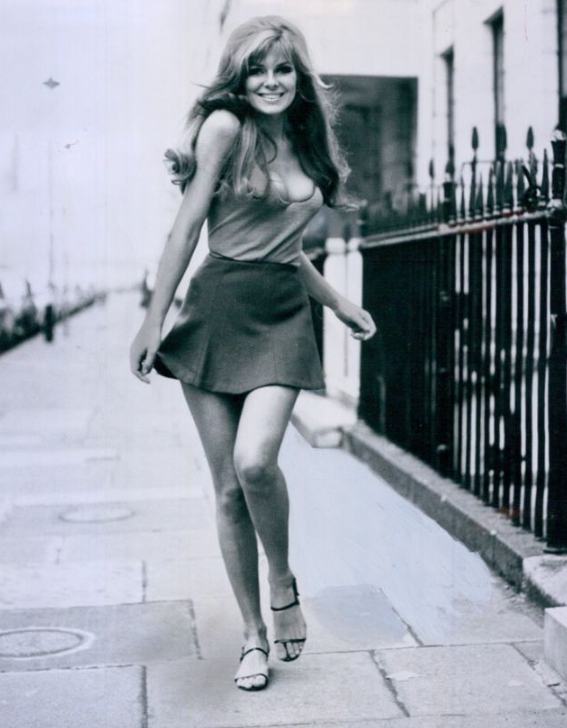
But beneath the glamour, Julie faced immense challenges. In 1986, she was diagnosed with breast cancer, and later faced lung cancer. Despite these struggles, she remained open and honest, publishing her autobiography Naken (2002), which detailed her triumphs and hardships with raw honesty.
A Second Career: From Stardom to Nursing
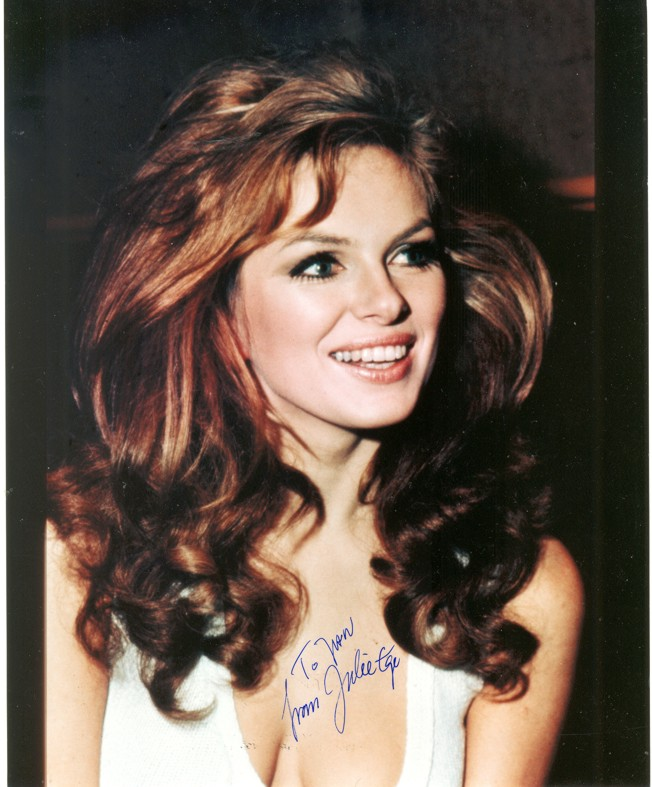
By the late 1970s, Julie stepped back from film and returned to Norway. She reinvented herself completely, completing her education and later becoming a registered nurse in 1998. Imagine swapping red carpets for hospital wards—yet for Julie, this was fulfillment, not a step down. She proved that compassion and service could be just as powerful as fame. Her patients knew her not as a movie star, but as a caring nurse who had walked many paths.
The Final Years and Lasting Legacy
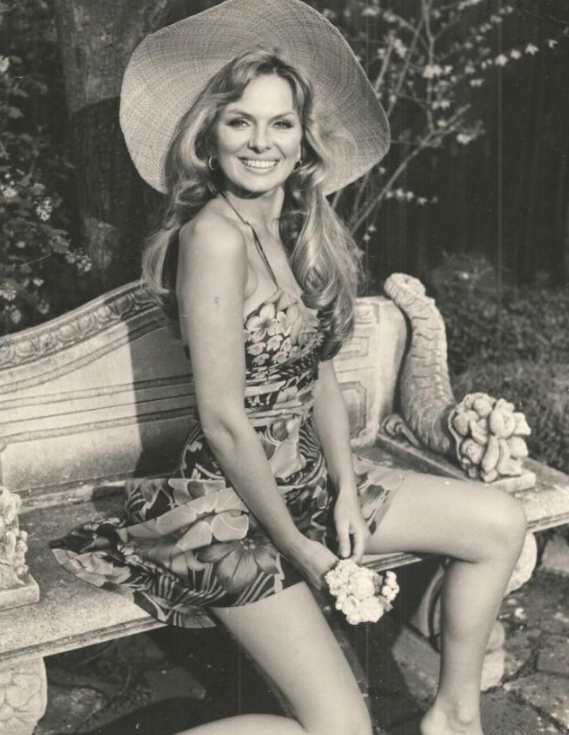
Julie Ege passed away on April 29, 2008, at the age of 64 after her long battle with cancer. Fans worldwide mourned her passing, but her legacy endures. From Bond girl fame to Hammer horror classics, from comedy cult films to a remarkable nursing career, Julie’s life story continues to inspire.
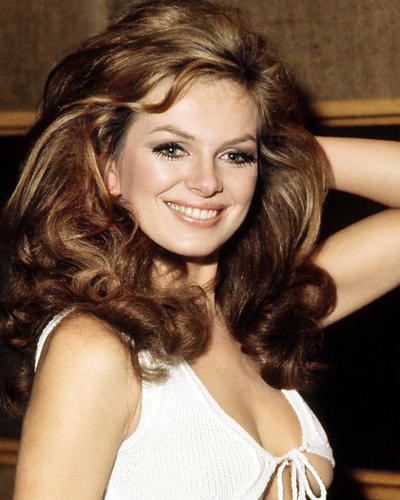
Her films are still celebrated, her autobiography remains a testament to her honesty, and her journey proves that reinvention is always possible. Julie Ege wasn’t just a beauty of the 1970s—she was a woman of strength, adaptability, and humanity.
Conclusion: Julie Ege’s Enduring Impact
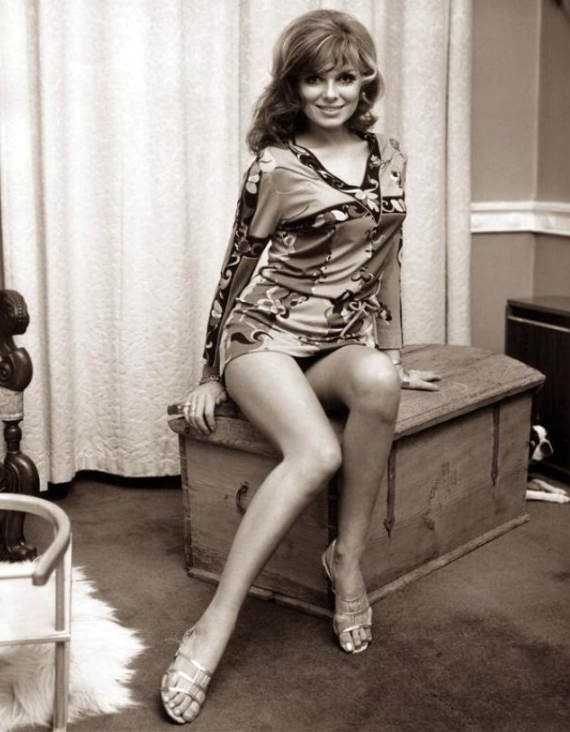
Julie Ege embodied the spirit of the 1970s—bold, glamorous, and unforgettable. She transitioned seamlessly from beauty queen to Bond girl, from comedic talent to a compassionate nurse. Her resilience through personal struggles, her creative risks, and her ability to reinvent herself showcase a legacy far beyond the silver screen.
The next time you watch On Her Majesty’s Secret Service or Up Pompeii, remember Julie Ege not just as a dazzling face of cinema, but as a woman who lived boldly, fought bravely, and left a story worth retelling—an inspiration for generations to come.
